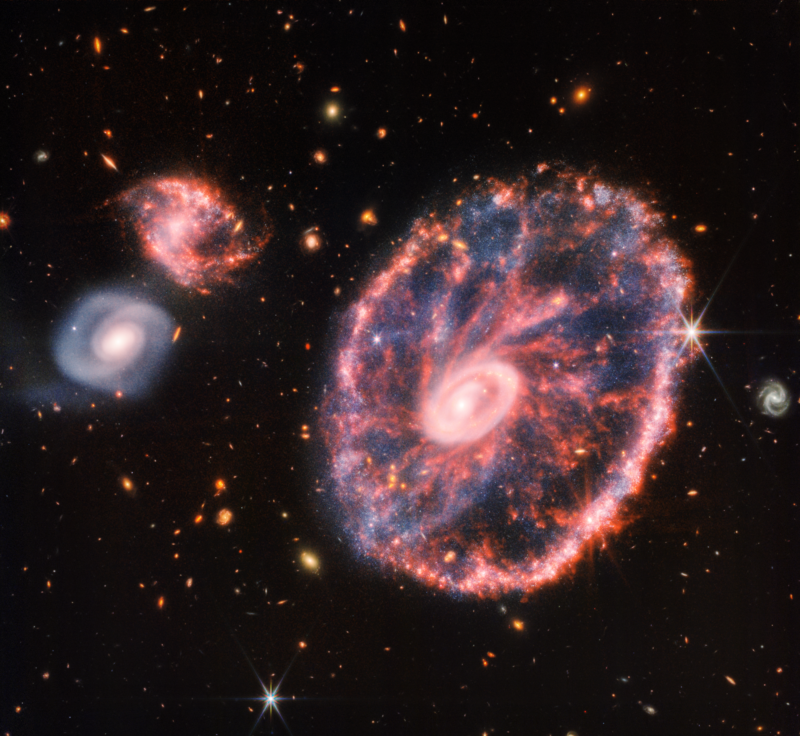Putting together the Webb telescope’s mid-infrared eyes

Enlarge / The dust in this galaxy, shaded red, required the MIRI instrument to resolve. (credit: NASA, ESA, CSA, STScI)
There is more than one reason why the Mid-Infrared Instrument (MIRI) on board the James Webb Space Telescope (JWST) is considered to be pioneering. Of the four instruments on JWST, it's the only one that observes in the mid-infrared range, from 5 to 28 microns; the other three are near-infrared devices with a wavelength range of 0.6 to 5 microns. To reach these wavelengths, MIRI had to be kept the coldest of any instrument on JWST, meaning it essentially set the requirements for the telescope's cooling system.
The stunning images taken by MIRI are a testimony to the remarkable engineering feats that went into it, feats that were achieved by overcoming formidable challenges through meticulous transatlantic teamwork and coordination.
Making MIRI"I remember being told in the early days that the instrument will never be built. Some people at NASA looked at the block diagram of our management structure and said it will never work," professor George Rieke, who leads the science team of MIRI, recalled.